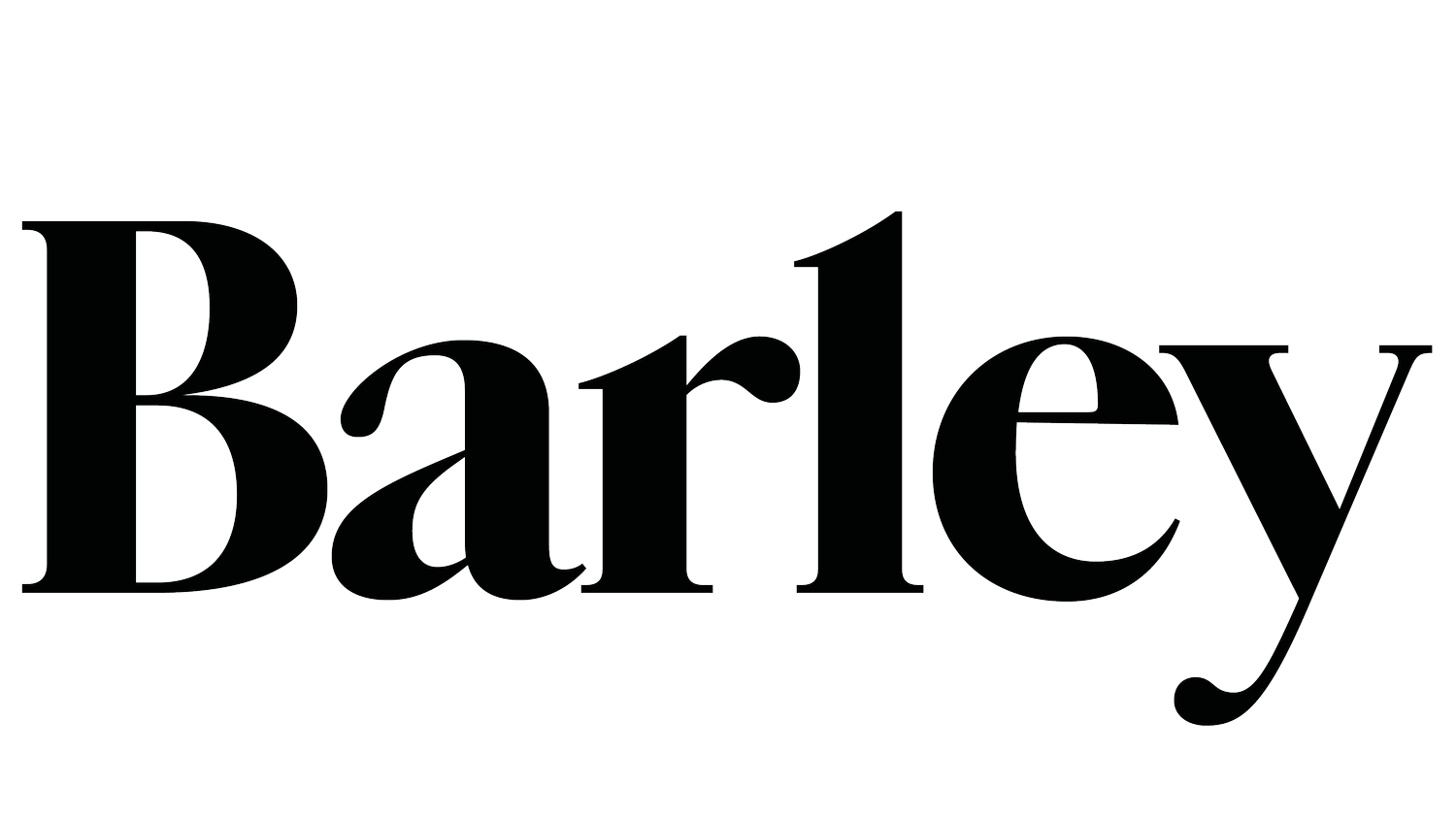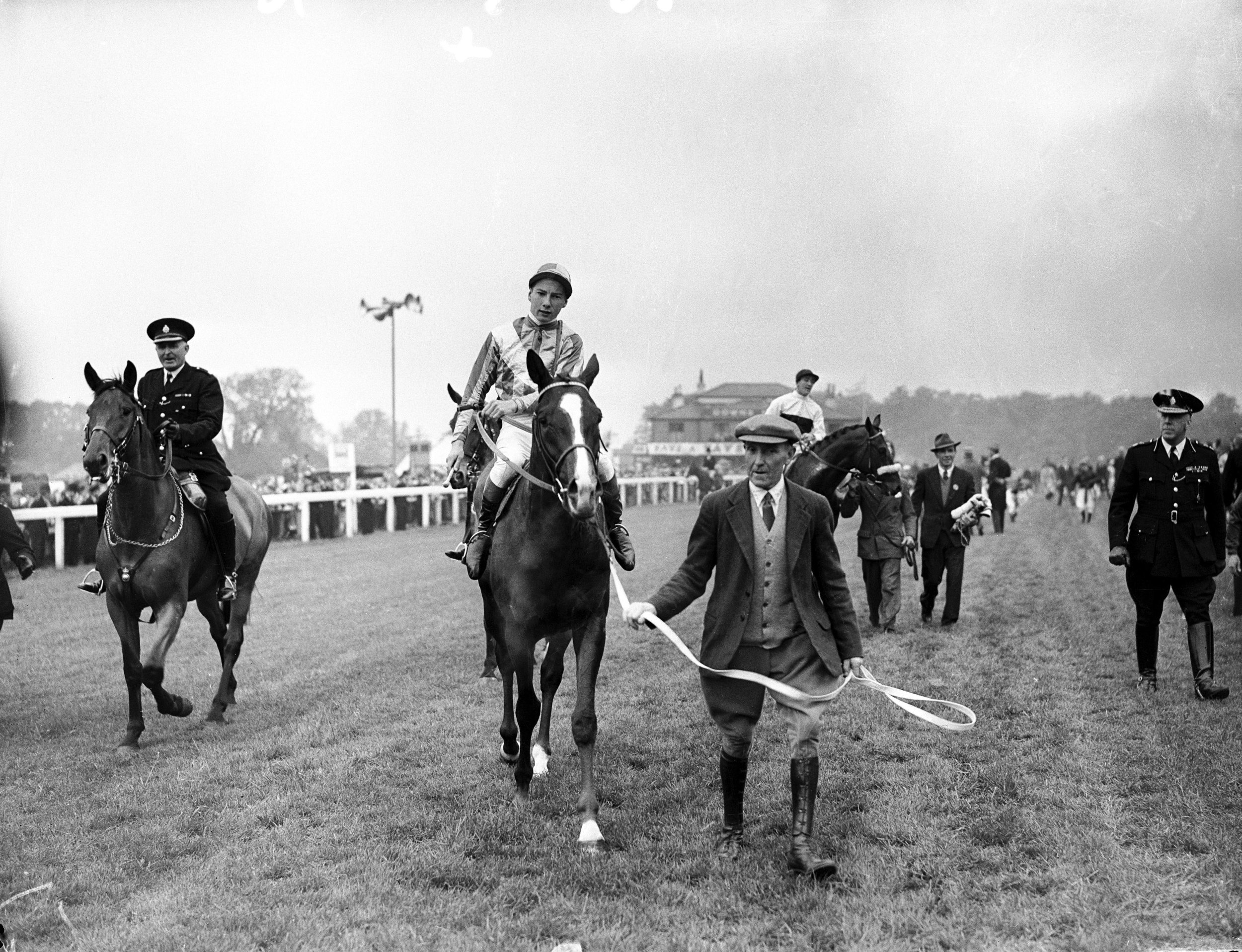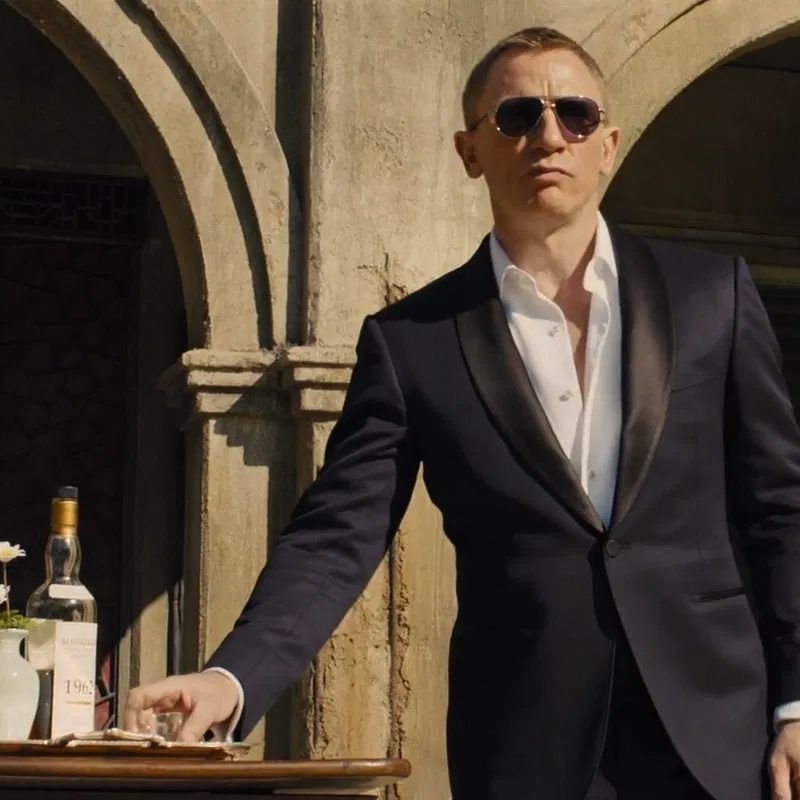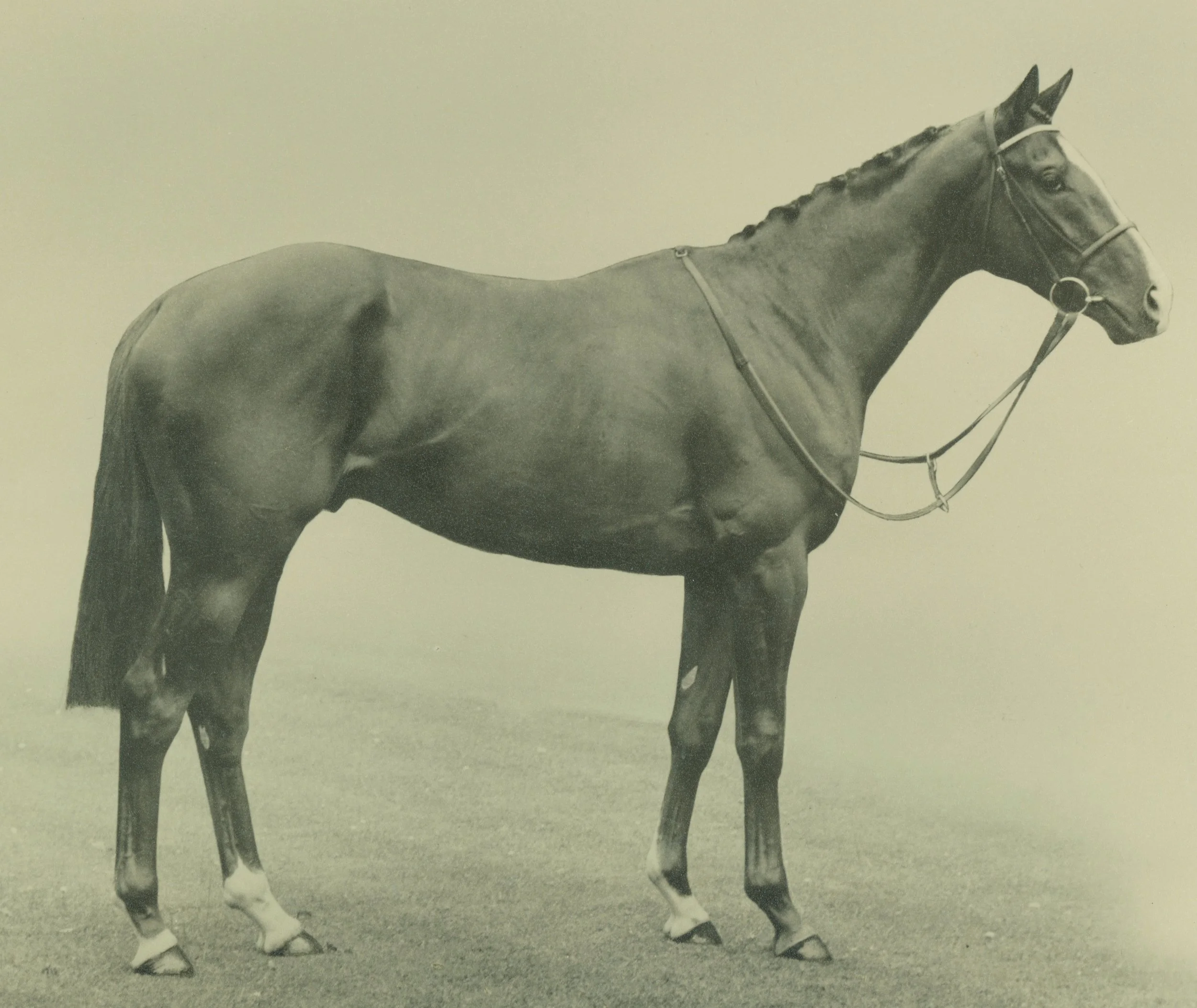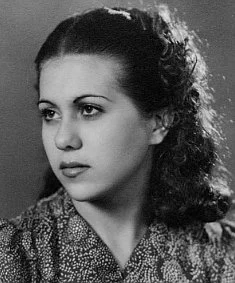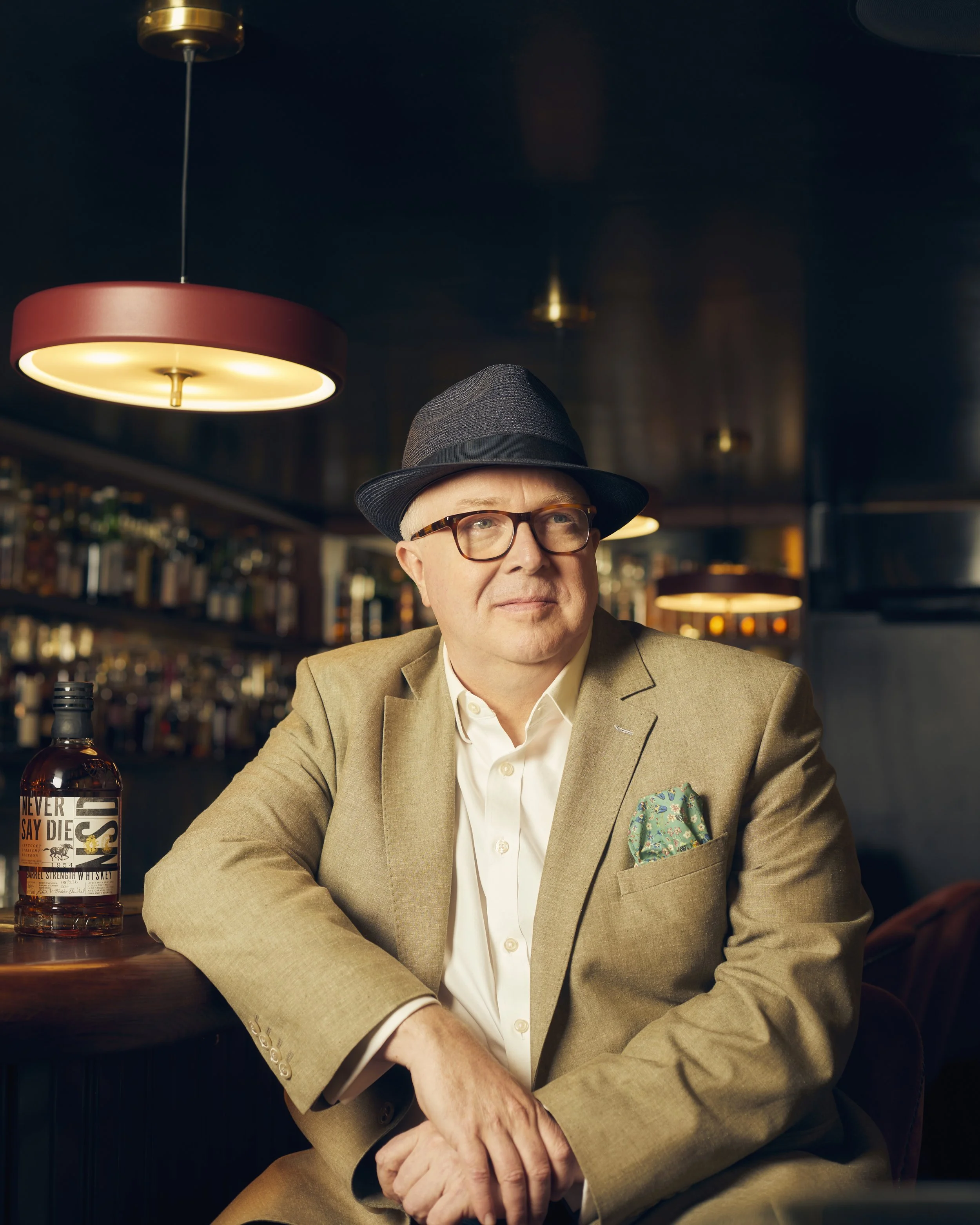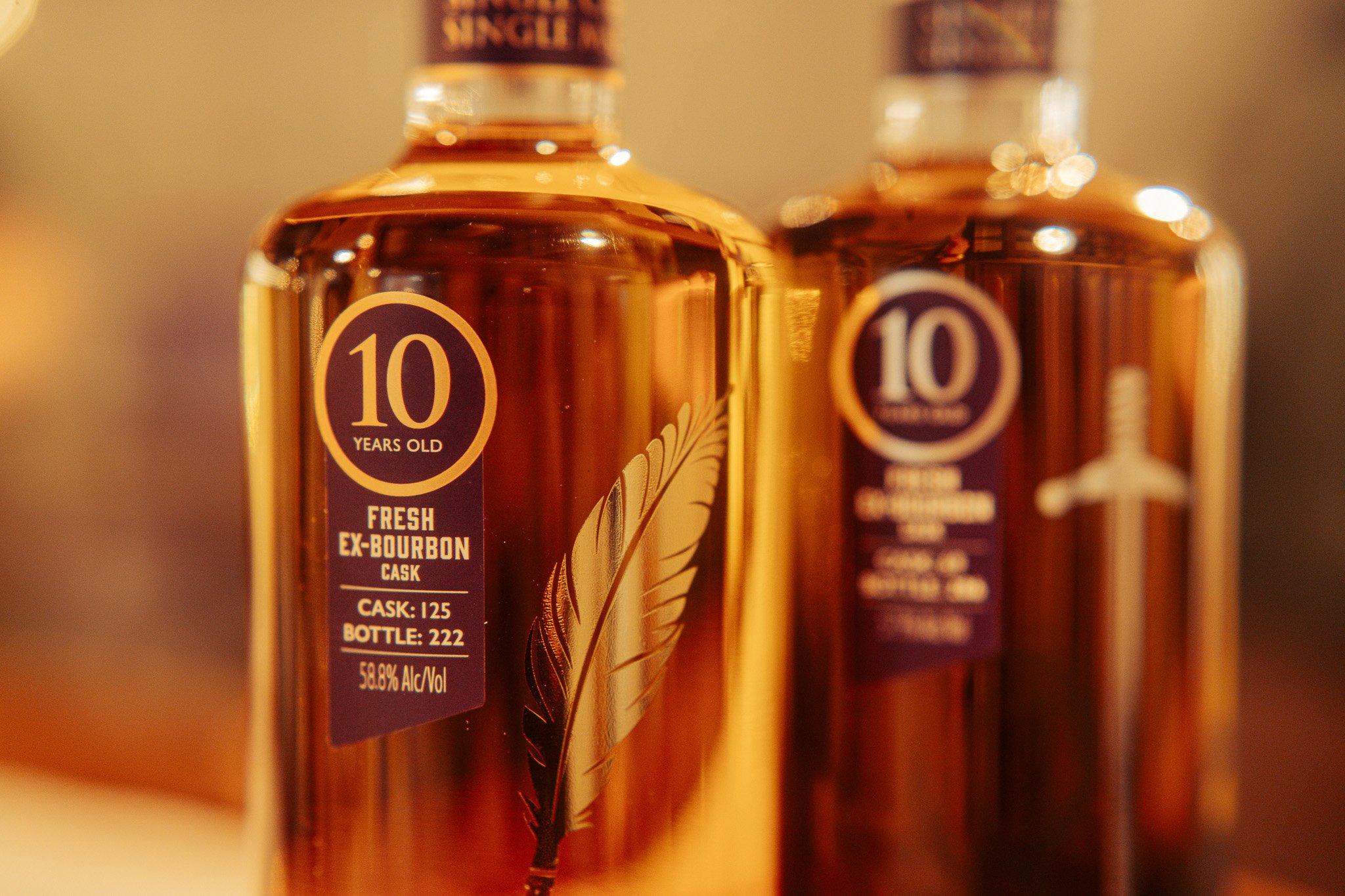A racehorse, the Beatles’ drummer and the first British Bourbon
Never Say Die, ridden by a 17-year-old Lester Piggott, wins the Epsom Derby in 1954 and changes history for music lovers and whisky drinkers around the world
It’s a whisky tale that’s got the lot: a race-horse steered to victory by a teenage Lester Piggott, one of the first ever live performances by the Fab Four and, well, lashings of lady luck. Tom Pattinson saddles up to hear from David Wild and Brian Luftman about the miracle birth of their Bourbon, named Never Say Die…
David Wild comes from a small town in northern England called Todmorden, located in an oddly beautiful ex-industrial area of bleak moorland and deep valleys. He attended Queens’ College, Cambridge, where he met a young son of a farmer from Kentucky called Pat Madden. Madden and Wild hit it off. “He seemed very sophisticated, mainly because he had Bourbon in his room, which was an incredibly exotic thing in those days,” says Wild.
Some years later in 2014, Madden invited Wild to the Kentucky Derby where Madden told him the unlikely story of a horse born on his farm in Hamburg Place, Lexington, back in 1951. Following a difficult birth, this foal didn’t look like it was going to survive the night, Wild retells. In a last-ditch attempt to keep the foal alive, the vet in attendance gave it a shot of Bourbon and hoped for the best. The foal survived, and its tenacity to hang on led to it being named ‘Never Say Die’.
Fast forward three years and the American colt made its UK debut at the 1954 Epsom Derby. Astride the horse was a confident 17-year-old novice called Lester Piggott, who would go on to become one of the greatest jockeys of all time. Watching on was Queen Elizabeth II – her first Derby after being crowned Queen the previous year – and beside her was Prime Minister Winston Churchill. It’s not known if the Queen put a few crowns on the American outsider (a 33-1 long shot) – but a desperate woman in Liverpool certainly did.
Never Say Die was revived by a shot of Bourbon at birth
Mona Best was at her wits end, with mouths to feed and her small flat crumbling, she scooped up her jewellery, pawned the lot and went to the bookies. Never Say Die couldn’t have been more apt of a name for her, so she put it all on the horse. Astonishingly, it won, and Mona Best was rich. She bought herself a large 15-bedroom house and converted the basement into a small live music venue called the Casbah Club.
Wild recounted this story to Madden with such vividness and passion (the Mint Juleps that were flowing might have helped) that an idea started fusing in their minds. “We decided there and then we were going to produce a Bourbon of the highest possible quality, a thoroughbred, take it to England and win awards just like the horse,” Wild says.
Mona Best who won big on Never Say Die at the races and spent her winnings opening the Casbah Club - home of the Beatles, whose first drummer Pete Best was her son.
But the story doesn’t end there. Back in Liverpool, Mona Best had booked the Les Stewart Quartet to play the opening night of the Casbah Club, but after a falling out amongst the band, the guitarist — a young man named George Harrison — roped in his friends from The Quarrymen to fill the slot at the last minute. A line-up of John Lennon, Paul McCartney and Stuart Sutcliffe joined Harrison for a set of mostly covers. They went down a storm and were promptly booked for every Saturday of that Summer of 1959. Sutcliffe was replaced by Ken Brown and shortly after the band changed their name to the Beatles. Mona Best’s son Pete joined the band as its drummer. Pete Best played with the Beatles for two years including their famous stint in Hamburg until being dismissed in 1962 just before the band hit the big time.
‘Astonishingly Never Say Die romped in at 33-1 and Mona Best was rich. She bought herself a large 15-bedroom house and converted the basement into a small live music venue called the Casbah Club’
“I actually didn’t believe this bit for a while, but looked it up and it was true,” says Wild. “This doubles the enthusiasm for our crazy idea. We wake up the next day, slightly liverish, but remember our idea and still think it was a good one,” he says. “What I like most about the story is the series of butterfly effects, where one small crucial intervention of luck and fate brings about a growing series of positive consequences. Now including the Bourbon.”
Never Say Die co-founder, David Wild
The crossover of an American horse winning in England, which led to an English band making it big in the US, is what appeals to Wild and the team and why some of the more unique elements of the Never Say Die bourbon brand exist: it’s distilled in Kentucky but then shipped – and ocean aged – to the UK, where it is matured, before being sold back to the US (mostly).
“The inspiration for the transatlantic process is the story of the horse and its journey. The other inspiration is trying to make a great Bourbon – and our distillers were convinced that the ocean voyage would develop the Bourbon flavour into something unique. We were greatly relieved when we tasted the Never Say Die after its ocean journey and it tasted good,” says Wild.
‘We hit the mark with our flavour profile being strong, premium and interesting enough for Bourbon aficionados while being approachable and drinkable enough for people who hear the story and want to try Bourbon’
The barrels take about six weeks to travel from Kentucky to England and then rest in Derbyshire at the White Peak Distillery for several months, the exact length depending on a bottling schedule. “We are also experimenting with different resting times to see how the flavour develops so we understand what is the optimum time,” says Wild.
So is a British Bourbon or just a Kentucky Bourbon that’s been on a bit of a voyage, and who is it trying to appeal to?
“We originally thought our target would be true whisky fans who seek out premium Bourbon through clubs and online groups similar to people who love searching for unique Single Malt Scotch offerings. But we have been surprised to see so many different demographics falling in love with our brand,” says Brian Luftman, Kentucky native and Wild’s co-founder. “Thankfully, we hit the mark with our flavour profile being strong, premium and interesting enough for Bourbon aficionados while being approachable and drinkable enough for people who hear the story and want to try Bourbon, despite not being die-hard Bourbon fans.”
Brian Luftman, co-founder of Never Say Die
Luftman is President and Founder of American Farm Investors and has been supporting the Bourbon industry for 20 years with his knowledge of corn and wheat production and the Bourbon supply chain. Today Luftman manages the company’s US operations but was the first person Wild called when he realised he wanted to start a whisky brand many years ago.
“We absolutely want to be a premium and reliable selection for bartenders around the world as our Bourbon is incredible in so many cocktails,” says Luftman. “But currently our main market comes from people buying their own bottle to bring home and share with their friends as they tell the story and immerse themselves in the underdog champion theme therein,” he says.
As for the Bourbon, if sales are anything to go buy, the team might well have another champion in their stable.
Never Say Die has three products available in the UK, a Small Batch Bourbon, a Barrel Strength Bourbon, and a 105 proof Rye Whiskey. Never Say Die is now available in store at Selfridges in London and Manchester, as well as online here.
